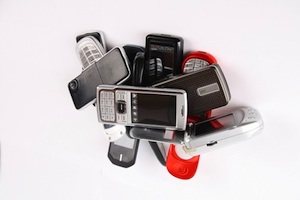Last updated April 12, 2019
 Once the bane of email providers, spammers have now managed to successfully infiltrate the last refuge of spam-free communication: the cell phone. In the United States, customers received around 4.5 billion spam texts in 2011, more than twice as much as the 2.2 billion that were received just two years earlier in 2009, Ferris Research, a market research company that tracks spam, claims.
Once the bane of email providers, spammers have now managed to successfully infiltrate the last refuge of spam-free communication: the cell phone. In the United States, customers received around 4.5 billion spam texts in 2011, more than twice as much as the 2.2 billion that were received just two years earlier in 2009, Ferris Research, a market research company that tracks spam, claims.
The problem is still not as pervasive as email spam, with the number being spread over 250 million new and old cell phones that are enabled to receive text messages, but the menace is continuing to grow and carries with a significant potential for danger.
“Unsolicited text messaging is a pervasive problem,” says Christine Todaro, who works as a lawyer for the consumer watchdog agency the Federal Trade Commission, which is now turning to the legal system for assistance. “It is becoming very difficult to track down who is sending the spam. We encourage consumers to file complaints which help us track down the spammers, but even then it is a little bit like peeling back an onion.”
While some spam text is harmless, if irritating, marketing, the great majority is far more insidious, according to experts, with users just one tap away from signing up to fake services which are next to impossible to cancel. Cell phone spam is actually a crime under two federal laws.